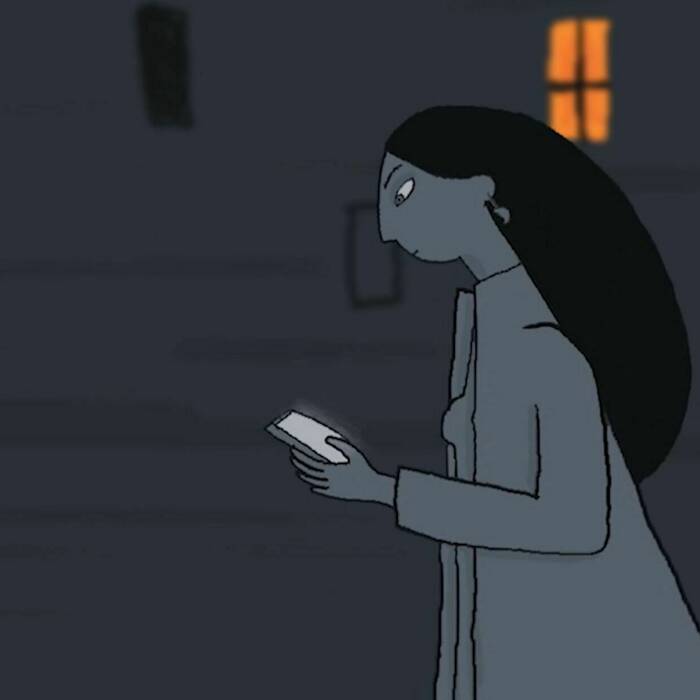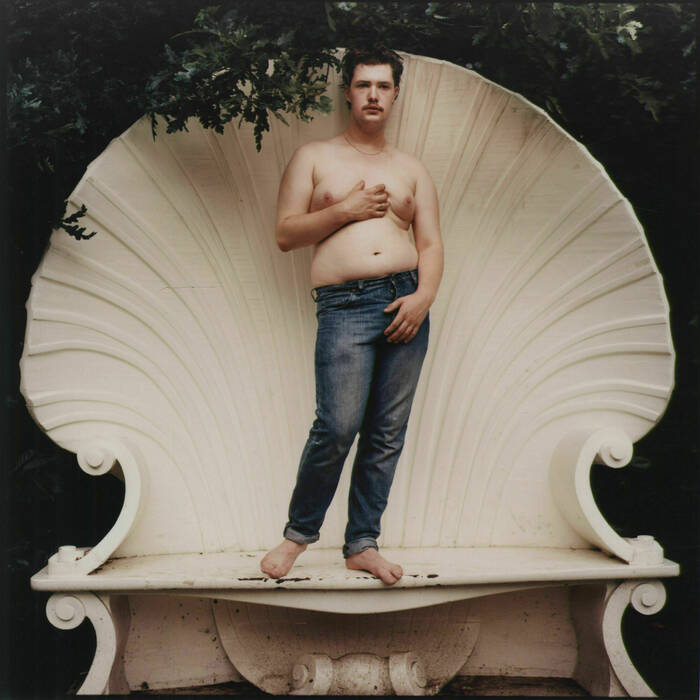The National Gallery Masterpiece Tour: REMBRANDT
Saskia van Uylenburgh in Arcadian Costume
Every year, the National Gallery partners with organisations and audiences across the UK to ensure that everyone in Britain can engage with their national collection. The Masterpiece Tour 2021-2023 is a partnership between the National Gallery, Oriel Davies, Newtown, The Beacon Museum, Whitehaven, and Carmarthenshire County Museum, who work together to select and display a painting from the National Gallery in exhibitions which offer new ways for audiences across the UK to engage with the painting.
© The National Gallery, London


Saskia van Uylenburgh in Arcadian Costume (1635)
Rembrandt van Rijn (1606-1669) lived during a period of enormous prosperity for the Dutch Republic, which enjoyed almost total dominion of trade in Europe. This economic boom saw scientific research, literary pursuits and the visual arts flourish.
Having started out as a painter in his native Leiden, in the early 1630s Rembrandt moved to Amsterdam, which was a city on the rise. He was lured there, in part, by the promise of lucrative portrait commissions from the city’s affluent and growing upper-middle classes.
Saskia was a cousin of Rembrandt’s art dealer, Hendrick Uylenburgh, in whose house he lived and worked during his first years in Amsterdam. The couple shared their lives for about eight years, during which time Rembrandt painted and drew Saskia continuously, and in many guises. Saskia gave birth to four children, only one of whom, Titus, survived infancy. Saskia herself died only a few months after Titus’s birth. This painting was made before this tragic series of events, in the same year the couple learned they were expecting their first child.
Strongly lit from the left, a young woman stands before us with poise and confidence. Her gaze is trained on some distant point, with a look of both revery and expectation. She wears an elaborate costume: a bright green dress with a short, tightly fitted bodice, low neckline and billowing sleeves, stitched with golden embroidery which glints where it catches the light. Circlets of tiny flowers decorate her neck and head, which is crowned by a sprig of juniper. Her hair is covered with a green veil. In her right hand she holds a staff entwined with tendrils of ivy; in her left she cradles a brimming bouquet of flowers, among them carnations, marigolds, cuckoo flowers, buttercups and tulips.
Because of her apparent likeness to Rembrandt's other known paintings and drawings of Saskia, the woman in the painting has traditionally been identified as Rembrandt’s young bride. But Rembrandt’s decision to show her in a fanciful costume, decked with flowers and greenery, invites the question: is this is a true portrait of Saskia, or did Rembrandt use Saskia as a model to create an image of something else?
With his careful rendering of bountiful flowers and foliage, Rembrandt’s painting celebrates the beauty of the natural world. Saskia’s verdant splendour reflects the widespread interest in Arcadia among Rembrandt’s contemporaries. Arcadia, as mythologised by the poets of ancient Greece and Rome, is an imagined place of rustic seclusion, unspoiled by the corrupting forces of civilisation, where shepherds, nymphs and demi-gods live in harmony with nature. The huge popularity of Arcadia, and its pastoral themes, in seventeenth-century Dutch society is reflected in contemporary stage plays as well as paintings (as seen in the image below).
This painting has been given many different titles. Some regard it as a depiction of Flora, the Roman goddess of Spring, others identify an idealised shepherdess, dressed in Arcadian fashions. In fact, these two identifications, or any others, are not necessarily mutually exclusive. It may be that Rembrandt was consciously drawing on different traditions and purposefully leaving ambiguity in the final work. Fascinated by costume, Rembrandt chose to paint many of his sitters in theatrical, historic and even entirely imaginary garments, throughout his career. In doing so, he removed his subject from the confining conventions of strict portraiture, to express something more abstract: an idea, a mood or a feeling.
Visiting Us
You are welcome to drop in to visit us during our opening hours, however there may be a queue if we are at capacity.
We therefore advise using our Free booking system to avoid queuing and book a 1-hour timed visiting slot.


